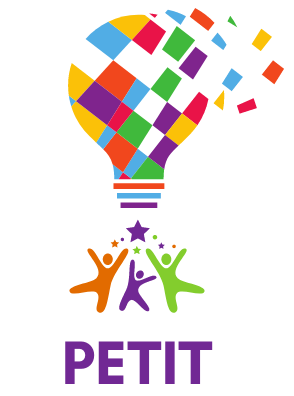The development of motor skills in childhood is a gradual process that is influenced by both biological and environmental factors. During biological growth and motor learning, children progress from developing basic motor skills, also known as fundamental movement patterns (such as crawling and walking), to complex motor skills (such as athletic movement, e.g. swimming, technical elements in various sports). Motor learning is the process of acquiring and changing learnt movement structures (patterns, skills) over time. Coaches play a key role by providing structured and purposeful activities that challenge the CNS and motor skills and help children build a strong neuromechanical foundation for future performance of physical tasks and demands.
The process of growth and development, especially regarding motor skill acquisition, generally slows down and stabilises by the late teens to early twenties. By this age, the central nervous system (CNS) has largely completed key processes such as synaptogenesis (the formation of new synapses), myelination (the insulation of nerve fibres for faster transmission), and neuroplasticity has declined. While neuroplasticity—the brain’s ability to reorganise and form new connections—remains throughout life, it is most active in childhood and early adolescence. After these stages, it becomes more challenging to learn and master new motor skills as efficiently as in youth.
Application for Coaches
Understanding the neuromechanical basis of movement helps coaches design lessons that support motor skill development. By considering the role of muscles, bones, and the CNS, coaches can:
- Adapt physical activities to suit different age groups, focusing on developing coordination, balance, and strength.
- Identify movement difficulties early on, providing guidance and support to children who may need extra practice with certain skills.
- Promote injury prevention by teaching proper techniques and movements that reduce stress on joints and muscles.
For example, teaching children to squat properly helps them engage the right muscles and avoid excessive pressure on their knees. Similarly, exercises like balancing on one leg help develop proprioception and control, essential for many physical activities.
The neuromechanical basis of kinesiology demonstrates the complex interaction between the human body and the central nervous system in controlling movement. Coaches who understand fundamental principles can create effective, age-appropriate programs that support motor skill development, promote physical health, and provide a foundation for lifelong physical fitness.
Developing motor skills in childhood is crucial because it forms the foundation for physical competence, and confidence in movement, which are essential for overall health and quality of life. Early motor skill development impacts not only physical abilities but also cognitive, emotional, and social development. During childhood, the body and brain are highly adaptable, allowing children to rapidly acquire and refine skills through practice and play. As children learn to crawl, walk, run, jump, and throw, they build a diverse set of movement skills, which improve strength, balance, flexibility, and endurance. These skills are critical for sports, recreation, and everyday tasks. Moreover, well-developed motor skills in childhood are associated with higher levels of physical activity throughout life, which contributes to long-term health and wellness.
In summary, starting motor skill development in childhood takes advantage of the CNS’s natural adaptability and development. Engaging in varied, challenging physical activities helps reinforce neural connections, supporting lifelong movement abilities and coordination. For educators and parents, understanding this CNS development can guide the selection of activities that maximise children’s physical and cognitive growth, laying the foundation for a healthy, active lifestyle.
